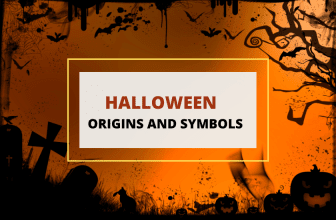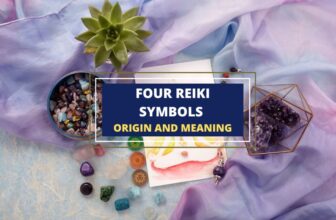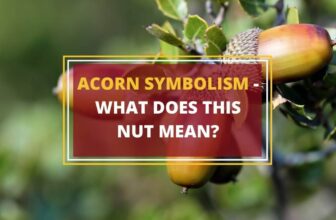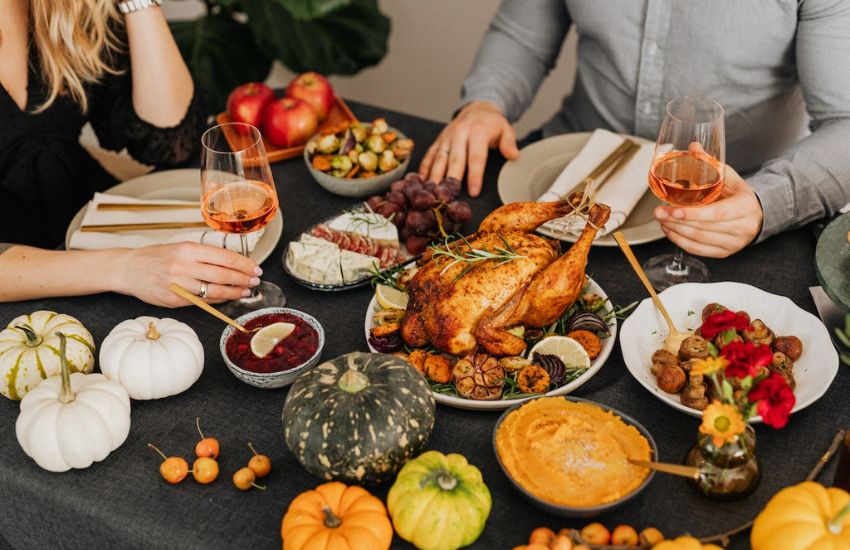
Table of Contents
Thanksgiving is more than just a time to feast; it’s steeped in symbolism that captures the essence of gratitude and togetherness. From the iconic turkey to the cornucopia and even the pumpkin pie, each element has a story to tell. Let’s take a look at the significance behind these symbols and explore the core values of this cherished American holiday.
1. Turkey
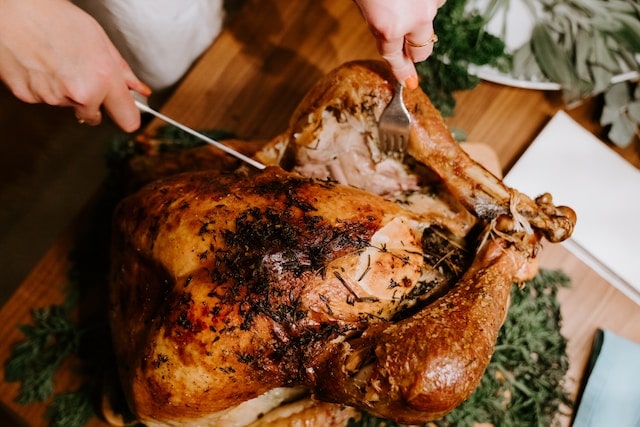
While it’s debated whether turkey was served at the first Thanksgiving in 1621, it’s become synonymous with the holiday over centuries. Benjamin Franklin even famously admired the turkey, stating that it was a “much more respectable bird” than the bald eagle.
By the 19th century, the turkey had solidified its place in the Thanksgiving feast, symbolizing abundance and the bounty of the New World. Its prominence on the holiday menu is also practical since, being a large bird, it can feed a big group and serves as a centerpiece for communal celebrations.
2. Cornucopia
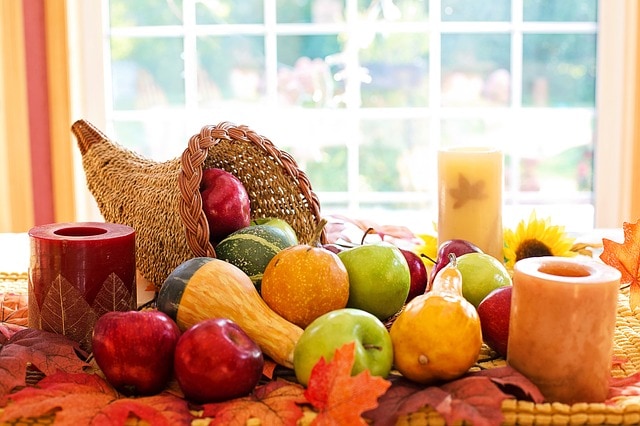
Originating from Latin “cornu” (horn) and “copia” (plenty), the cornucopia is often called the “horn of plenty.” Rooted in ancient Greek and Roman mythology, it’s depicted as a curved horn overflowing with produce and grains, symbolizing abundance and nourishment.
During Thanksgiving, the cornucopia represents the prosperous harvest the Pilgrims celebrated with the Native Americans in 1621. Over time, it’s become a visual emblem of the holiday, highlighting gratitude for bountiful harvests and blessings. Its presence on the Thanksgiving table serves as a reminder of the shared prosperity and gratitude at the heart of the celebration.
3. Pilgrim Hats
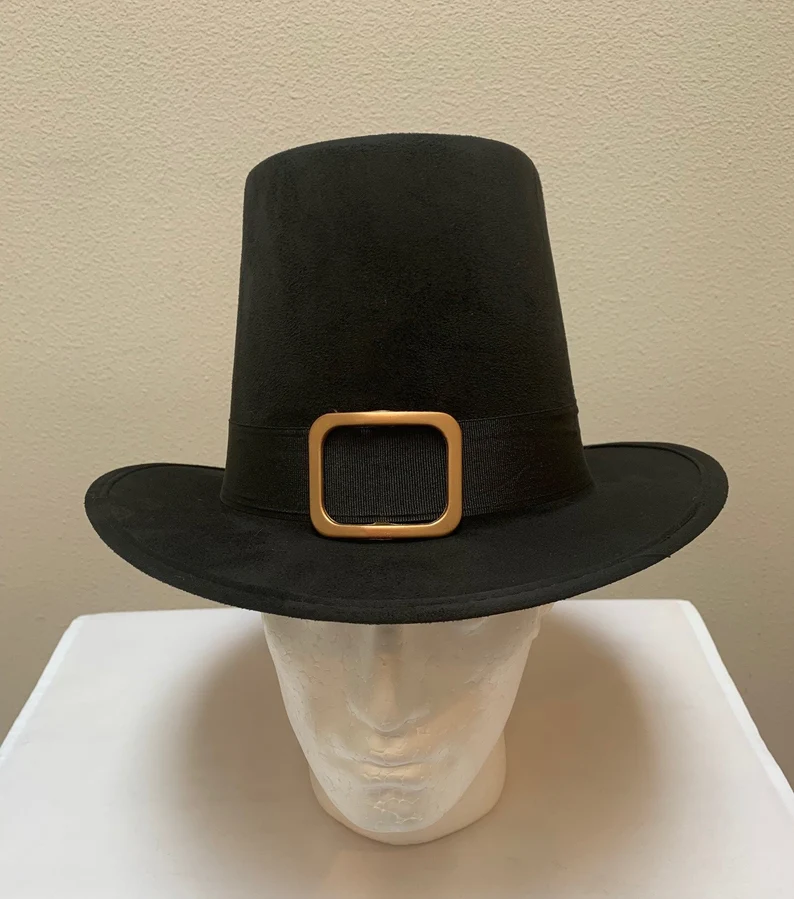
Representing the early settlers who arrived on the Mayflower in 1620, Pilgrim hats evoke images of the first Thanksgiving celebrated by the Pilgrims and Native Americans.
The hats—broad-brimmed for men (called “capotains”) and bonnets for women—reflect the typical attire of 17th-century English Puritans. Their stark, simple design highlights the Pilgrims’ religious beliefs emphasizing modesty and humility.
Over time, the hats have become an emblem of the holiday, used in school plays, decorations, and crafts. While modern depictions may not always be historically accurate, the hats continue to be a symbol of the origins and traditions of the Thanksgiving celebration.
4. Mayflower Ship
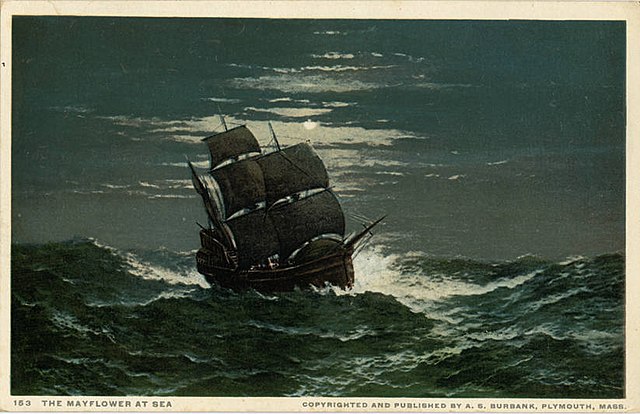
In 1620, the Mayflower ship transported the Pilgrims, early settlers looking for religious freedom, from England to the New World. Their journey was dangerous, and the harsh winter they had to face when they arrived was devastating.
With help from the Native Americans, especially the Wampanoag tribe, the surviving Pilgrims learned local agricultural techniques, leading to a successful harvest the following year. This harvest became the basis for the first Thanksgiving feast, a communal celebration of gratitude.
The Mayflower, as the vessel that brought the Pilgrims to Plymouth, represents the beginnings of this historic event. This makes it a recognizable and significant symbol related to Thanksgiving.
5. Cranberries
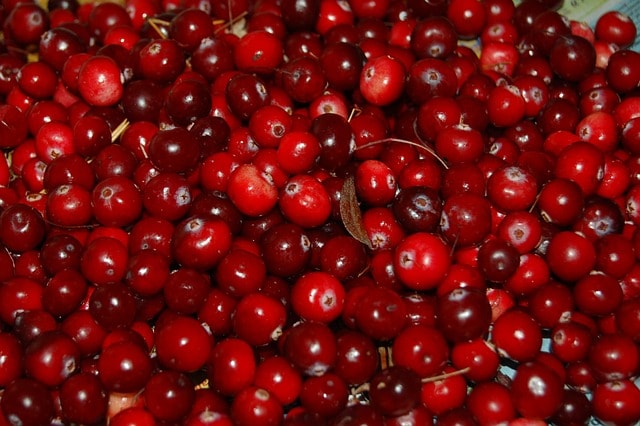
Native to North America, cranberries have a deep-rooted history that dates back to the Native Americans, who used them for food, medicine, and as a dye. When the Pilgrims arrived, they were introduced to cranberries and soon incorporated them into their meals.
The cranberry sauce or relish we recognize today became a staple at Thanksgiving feasts, symbolizing the blending of New World ingredients with Old World recipes. Their bright red color makes the meal festive, and having them at Thanksgiving serves as a reminder of the teamwork and cleverness of the first celebrations.
6. Pumpkin Pie
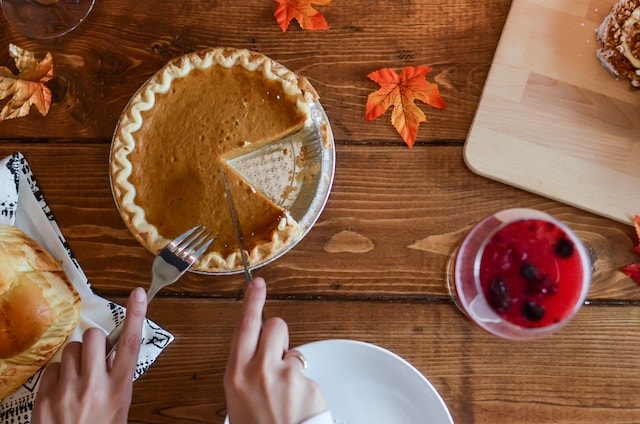
Pumpkins were a known food to Indigenous peoples long before the Pilgrims arrived. The early settlers were introduced to this versatile fruit and began incorporating it into their diets. While the Pilgrims didn’t have pumpkin pie in the way we recognize it today, they made a basic version by filling hollowed-out pumpkins with spices, milk, and honey, then roasting them.
Over time, this evolved into the familiar pumpkin pie we love today. Its presence on the Thanksgiving table celebrates the fusing of Native and Pilgrim culinary traditions, making it a hallmark of the holiday.
7. Corn

Native to the Americas, corn was a staple in the diets of Indigenous peoples. When the Pilgrims arrived, Native Americans introduced them to this crop, teaching them planting techniques that were crucial for the settlers’ survival.
The “Three Sisters” farming method uses corn, beans, and squash together. Corn was vital for the early settlers’ survival and showed cooperation between the Pilgrims and Native Americans. At Thanksgiving, corn is both eaten and used as colorful decoration, representing a good harvest and the unity of the first Thanksgiving.
8. Harvested Vegetables

When the first Thanksgiving was celebrated, it wasn’t just about a meal. It was a heartfelt gathering where Pilgrims and Native Americans came together to share the fruits of their collective efforts.
Fast forward to today, and the tradition continues. As families across the country prepare their Thanksgiving feasts, vegetables like carrots, potatoes, and beans find a prominent place on the dining table.
Beyond their nutritional value, these vegetables serve as enduring symbols. They remind us to express gratitude for nature’s bounties and highlight the timeless importance of community and unity.
9. Fall Leaves
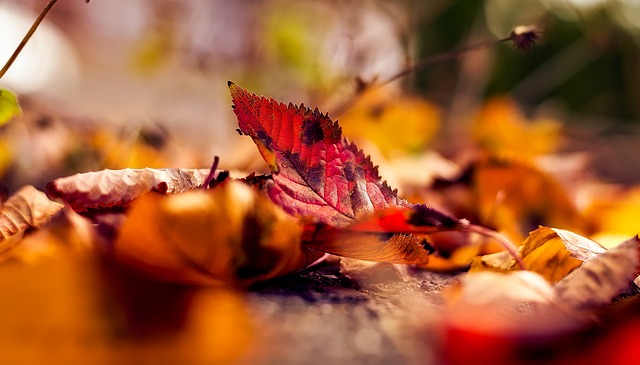
Fall leaves, with their vibrant hues of red, orange, and yellow, symbolize the changing seasons and the cycle of life. Their presence during Thanksgiving time serves as a natural backdrop for the holiday.
As trees shed their leaves in preparation for winter, it’s a reminder of the importance of letting go, gratitude, and reflection. Just as Thanksgiving is a time to appreciate the year’s blessings, the fallen leaves remind us to cherish the fleeting beauty of moments and the inevitable changes in life.
So, while they may not be directly tied to the historical origins of Thanksgiving, the sight of crisp fall leaves has become linked with the atmosphere and sentimentality of the holiday season.
10. Acorns
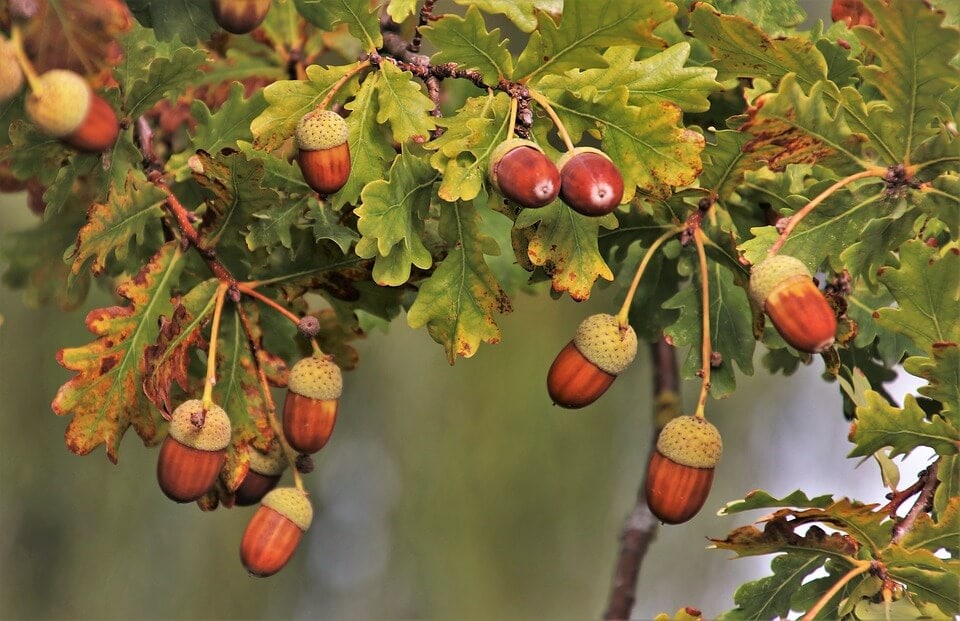
Acorns, the small but sturdy nuts of oak trees, are often associated with Thanksgiving because of their symbolism and seasonal presence. Representing potential and growth, they serve as a reminder that great things can come from humble beginnings.
In the context of Thanksgiving, acorns symbolize the story of the Pilgrims, who faced harsh conditions. With the help of Native Americans, however, they eventually celebrated a bountiful harvest. Acorns are collected in the fall, so they fit well with Thanksgiving. Using them as decorations gives a cozy, fall touch to the celebration, reminding us of nature’s richness and patterns.
11. Wheat Sheaf
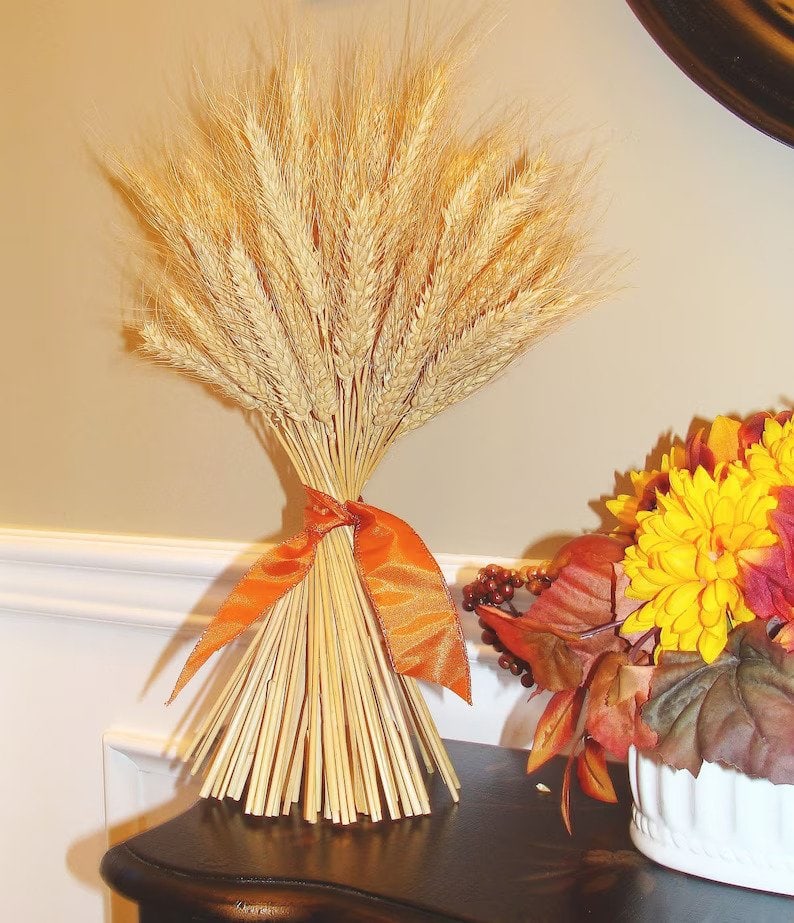
In the past, early settlers relied heavily on wheat as a main food source. When they had a good wheat harvest, it meant everyone would have enough to eat. At Thanksgiving, the symbol of wheat serves as a reminder of all the good things from the past year and how we should be thankful for our food.
The sight of wheat reminds us of success, being thankful, and how everyone in a community helps each other. This sense of togetherness is especially felt when everyone works together to bring in the harvest and then enjoys the rewards of their combined efforts during the Thanksgiving feast.
12. Candles

Candles, aren’t exclusive to Thanksgiving, but they’ve become a warm addition to the holiday’s setting. They symbolize gratitude, hope, and the light that can emerge even from challenging times.
Historically, before modern lighting was created, candles were crucial during long winter nights. On Thanksgiving, as families and friends gathered and the soft glow of candles created an intimate ambiance, reflecting the unity and warmth of togetherness.
Additionally, lighting a candle can serve as a moment of reflection, allowing us to pause and be thankful for the year’s blessings. In this context, candles not only light up the dinner table but also the spirit of gratitude that defines the spirit of Thanksgiving.
13. Gourds
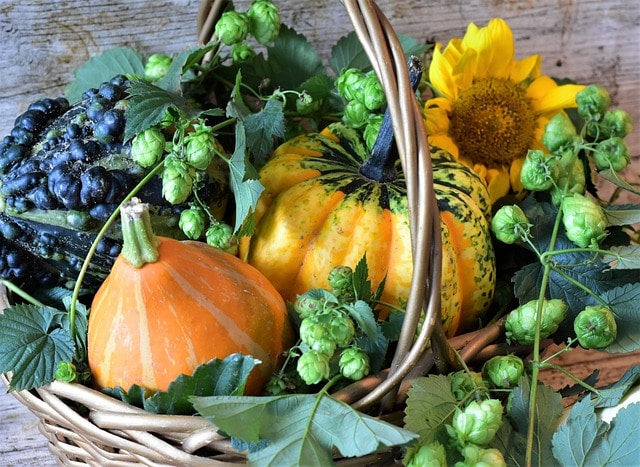
Gourds are popular during Thanksgiving and are often to decorate tables. Their varied looks reflect the beauty and abundance of the Fall season. Thanksgiving is all about celebrating the season’s harvest, and gourds, along with pumpkins and squash, highlight the rich variety of foods available.
They’re not just for show either; gourds are versatile and can be used in dishes or as ornaments. Their adaptability in different roles, from food to decoration, has made them a key part of Thanksgiving traditions. When we see gourds, we’re reminded of the holiday’s core values: being thankful for nature’s gifts and recognizing the wealth of the season.
14. Beans

Beans aren’t directly a symbol of Thanksgiving, but they have historical significance. The first Thanksgiving, celebrated in 1621 between the Pilgrims and the Wampanoag, featured a three-day feast. While there’s no exact menu recorded, we know that the Native Americans introduced the Pilgrims to various indigenous foods, including beans.
Beans, especially when paired with corn and squash, are part of the “Three Sisters” in Native American agriculture, representing crops that are grown together and benefit one another.
Over time, green bean casserole has become a popular dish on modern Thanksgiving tables. So, while beans aren’t an emblematic symbol like the turkey, they have roots in the holiday’s history and its contemporary celebrations.
15. Autumn Leaves
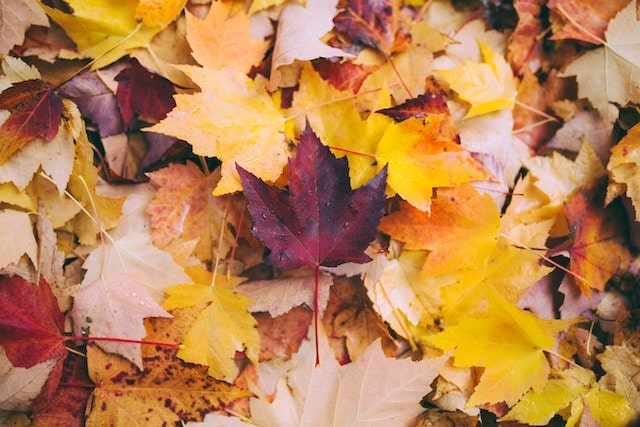
Thanksgiving, celebrated in late November in the U.S., falls during autumn when trees are shedding brilliantly colored leaves. The vibrant hues of red, orange, and yellow leaves evoke feelings of warmth, transition, and harvest — themes central to the spirit of Thanksgiving.
This holiday commemorates the harvest feast shared between the Pilgrims and the Wampanoag in 1621. The changing leaves set the ambiance and often serve as a backdrop for the holiday’s celebrations, emphasizing gratitude for nature’s bounty and the cyclical passage of time.
Wrapping Up
Thanksgiving symbols aren’t just for show; they tell important stories of thanks, history, and different cultures coming together. The turkey shows plenty, while beans from the “Three Sisters” have a deep history about working together. When we sit down for Thanksgiving, it’s important to think about these symbols and what they mean for this special day.
Related articles
9 Halloween Symbols and Why They Represent the Holiday
20 Important Symbols of Ramadan
25 Symbols of Holidays that Will Get You in the Holiday Spirit
Autumn (Fall): Powerful Symbols and Symbolism
Spring: Powerful Symbols and Symbolism of the Season





